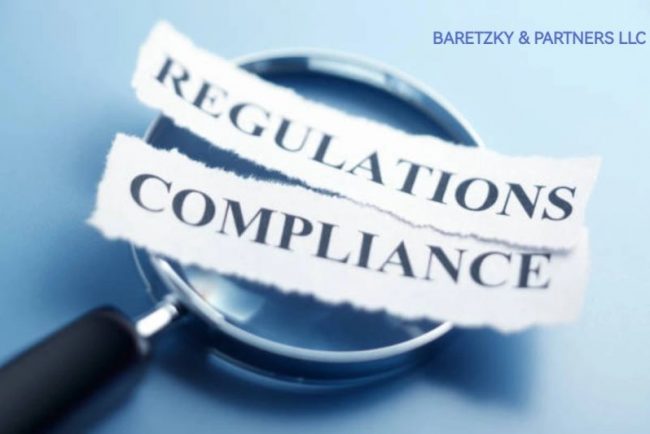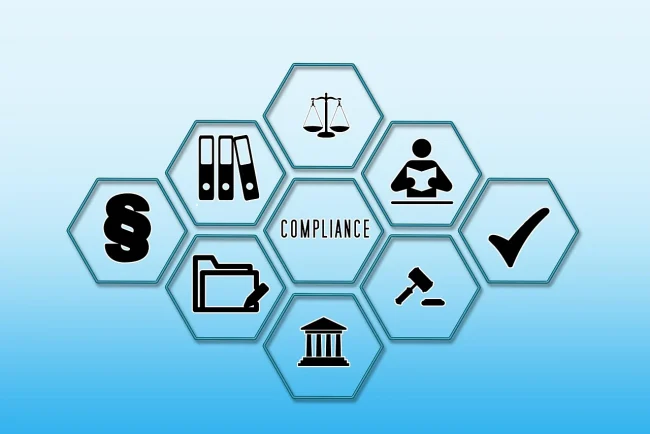Baretzky and Partners Latest News
Risk Mitigation and Compliance

by Admin
AI-Driven Scams and Stolen Data in Cyber Risk Management
Introduction Artificial Intelligence (AI) has revolutionized the cybersecurity landscape, bringing both opportunities and threats. While AI is a powerful tool for security professionals, cybercriminals have also embraced its capabilities to conduct highly sophisticated scams and data breaches. AI-driven scams involve the use of machine learning, […]
NewsRroom
by Admin
Global Political Polarization and Policrisis: Risk Management in an Era of Complexity
Introduction The world is experiencing an unprecedented level of political polarization and interconnected crises, often referred to as a policrisis. A policrisis is a situation in which multiple crises—economic, environmental, social, technological, and geopolitical—interact, exacerbating each other and making resolution more difficult. Political polarization, the […]
NewsRroom
by Admin
The Role of Threat Intelligence in Risk Management
Introduction In an era where cyber threats are growing in sophistication and frequency, organizations must take proactive measures to mitigate risks. One of the most effective ways to achieve this is through threat intelligence, which plays a critical role in risk management by identifying, assessing, […]
NewsRroom




Trial risk assessment and management are crucial components in ensuring the success of clinical trials or legal proceedings.
by Admin
They involve identifying potential risks, analyzing their likelihood and impact, and implementing strategies to mitigate or manage those risks. Effective risk management ensures the integrity of the process, compliance with regulations, and the protection of all stakeholders involved. In clinical trials, risk assessment begins with […]
NewsRroom
by Admin
Artificial Intelligence (AI) is transforming industries with its ability to analyze data, automate tasks, and enhance decision-making
However, the integration of AI brings unique challenges, particularly in reputation risk management. Reputation risk—defined as potential damage to an organization’s credibility or public trust—can escalate quickly when AI systems fail, behave unethically, or generate unintended consequences. One significant risk stems from algorithmic bias. AI […]
NewsRroom
by Admin
Social media platforms have become integral to daily life, enabling communication, sharing, and networking.
However, the sheer volume of personal information shared on these platforms raises significant concerns about data security. Users often disclose sensitive data such as their location, preferences, financial details, and even health-related information, making them vulnerable to various threats. One primary issue is data breaches, […]
NewsRroom
by Admin
Recovery Time Objective (RTO) vs. Recovery Point Objective (RPO)
Recovery Time Objective (RTO) and Recovery Point Objective (RPO) are key metrics in disaster recovery and business continuity planning. Both define critical parameters for ensuring operational resilience, but they address different aspects of recovery. Recovery Time Objective (RTO) RTO represents the maximum allowable time a […]
NewsRroom
by Admin
Understanding Security Incident Severity Levels in IT Risk Management
In today’s digital age, organizations face an ever-increasing array of cybersecurity threats. The rapid pace of technological advancement has amplified the complexity of IT environments, making them susceptible to security incidents ranging from minor breaches to catastrophic data losses. To effectively manage these risks, organizations […]
NewsRroom
by Admin
Political Risk and Business Resilience: A Strategic Imperative
In an increasingly interconnected world, political risk is a critical concern for businesses operating across borders. From shifts in government policies to geopolitical tensions and regulatory changes, political factors can disrupt operations, supply chains, and profitability. Understanding political risk and building business resilience are now […]
NewsRroom
by Admin
Privacy and security are critical pillars in risk management, especially in an era dominated by digital transformation and data-driven decision-making.
Effective risk management demands a comprehensive understanding of how privacy and security intersect, as both play essential roles in safeguarding organizational assets and reputation. Privacy in risk management focuses on protecting sensitive personal and organizational information from unauthorized access, use, or disclosure. It encompasses compliance […]
NewsRroom
by Admin
Regulatory compliance is a crucial component of business risk management, involving adherence to laws, regulations, and standards relevant to an organization’s industry.
This aspect of risk management aims to protect companies from legal penalties, financial losses, and reputational damage associated with non-compliance. Regulatory requirements may vary across industries, and they encompass a wide range of areas, such as data privacy, financial reporting, environmental standards, and workplace safety. […]
NewsRroom
by Admin
Patching Cadence and Effectiveness in Cyber Risk Management: Importance and Examples
In the digital age, cyber risk management is critical to the security and resilience of organizations. One of the foundational strategies for minimizing cyber risk is maintaining a regular, effective patching cadence. “Patching cadence” refers to the routine frequency and timeliness with which software updates […]
NewsRroom
by Admin
Cyber risk has become a critical element in business risk management, reflecting the increasing digitalization of operations and the escalating complexity of cyber threats.
Cyber risk refers to the potential for financial loss, reputational damage, or operational disruption resulting from cyber incidents, which can include data breaches, ransomware attacks, phishing schemes, and system outages. For businesses, managing cyber risk is crucial, as failure to do so can lead to […]
NewsRroom





















